A NEW HOPE
TR19655. No, it’s not the name of a robot from the latest Star Wars movie. Rather, it’s the newest two-row malting barley variety developed by the Field Crop Development Centre (FCDC) at Olds College.
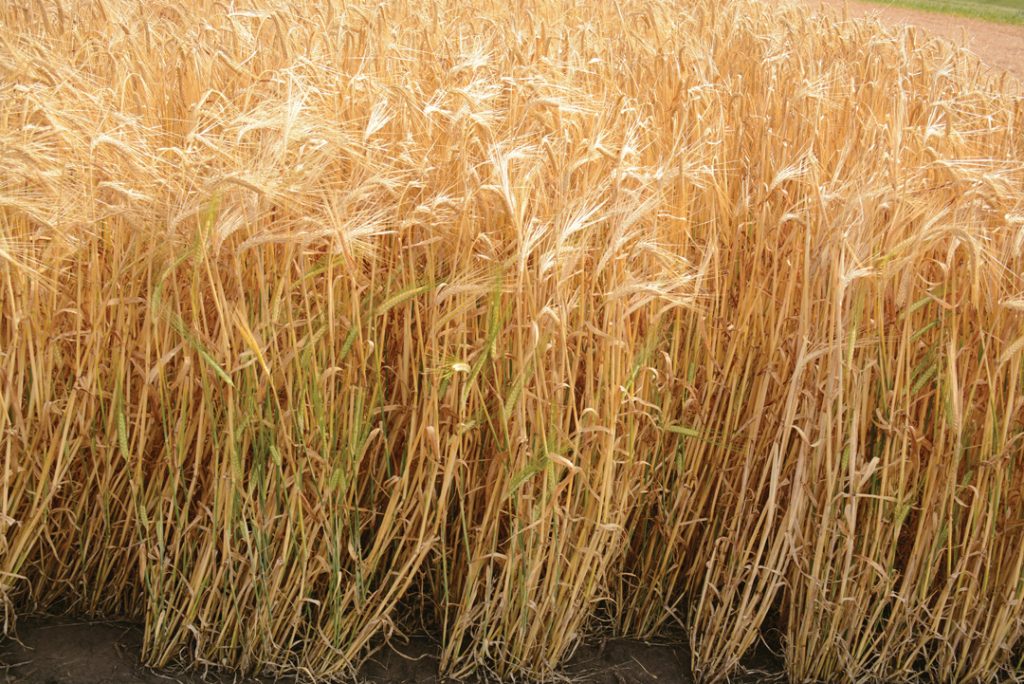
TR19655. No, it’s not the name of a robot from the latest Star Wars movie. Rather, it’s the newest two-row malting barley variety developed by the Field Crop Development Centre (FCDC) at Olds College.
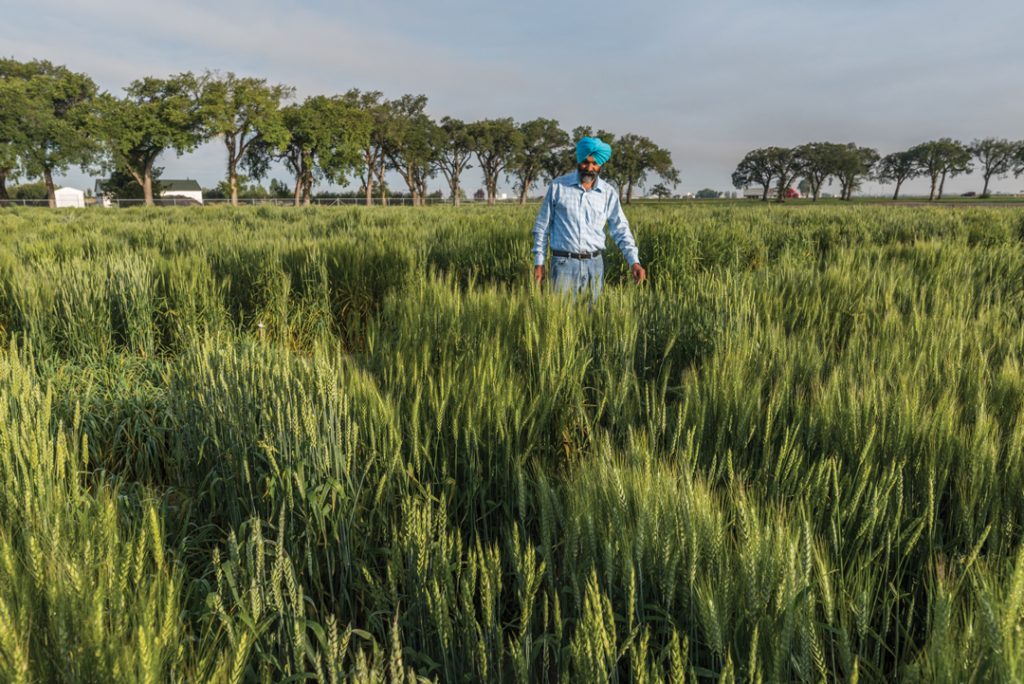
Many farmers celebrate the end of a long growing season with a well-earned sunny getaway. For very different reasons, Canadian cereal breeders also frequently head south, or at least ship their breeding material to foreign locales. The work carried out in international destinations allows them to develop new high-quality crop varieties in a timely manner.

There is growing interest among farmers on the use of biostimulants to boost crop yield and quality. But with curiosity comes skepticism, as limited data on their effectiveness is available. To dispel some of the mystery around these potentially powerful tools, we spoke with companies now developing biostimulants, researchers who aim to quantify their efficacy and farmers who have adopted them in crop management systems.
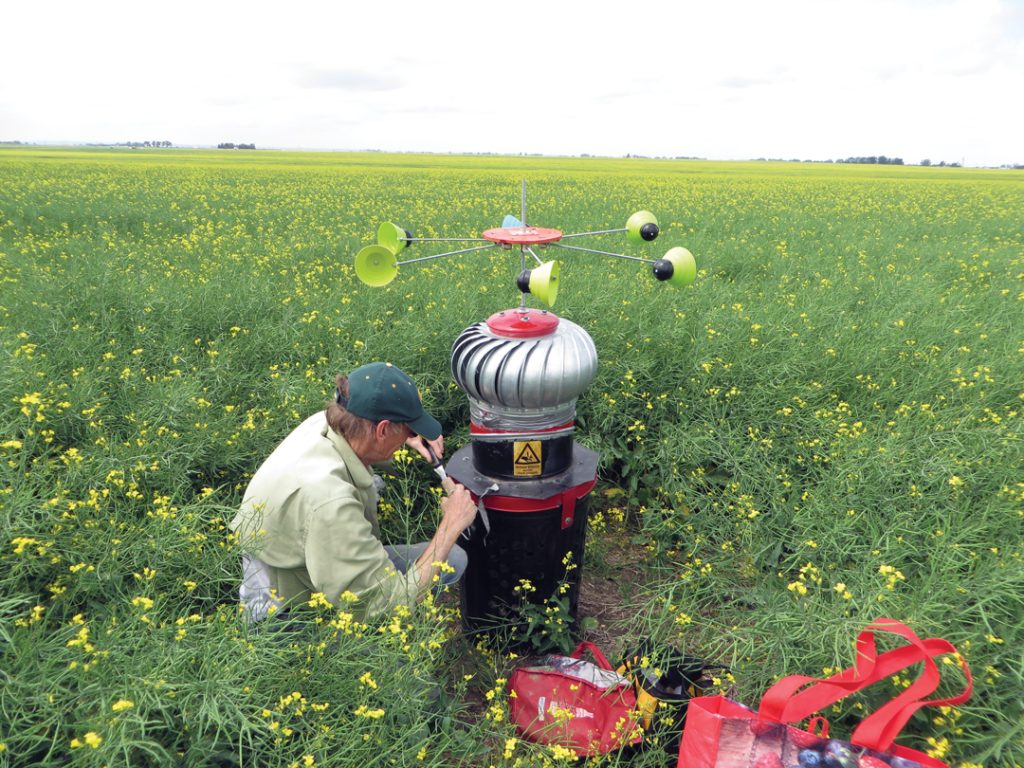
“Is it really necessary to spray in all cases?” It’s a question posed by Brent Puchalski, a molecular plant pathologist. Up to 75 per cent of all fungicide application is either off target or worse, has no target, he warned.
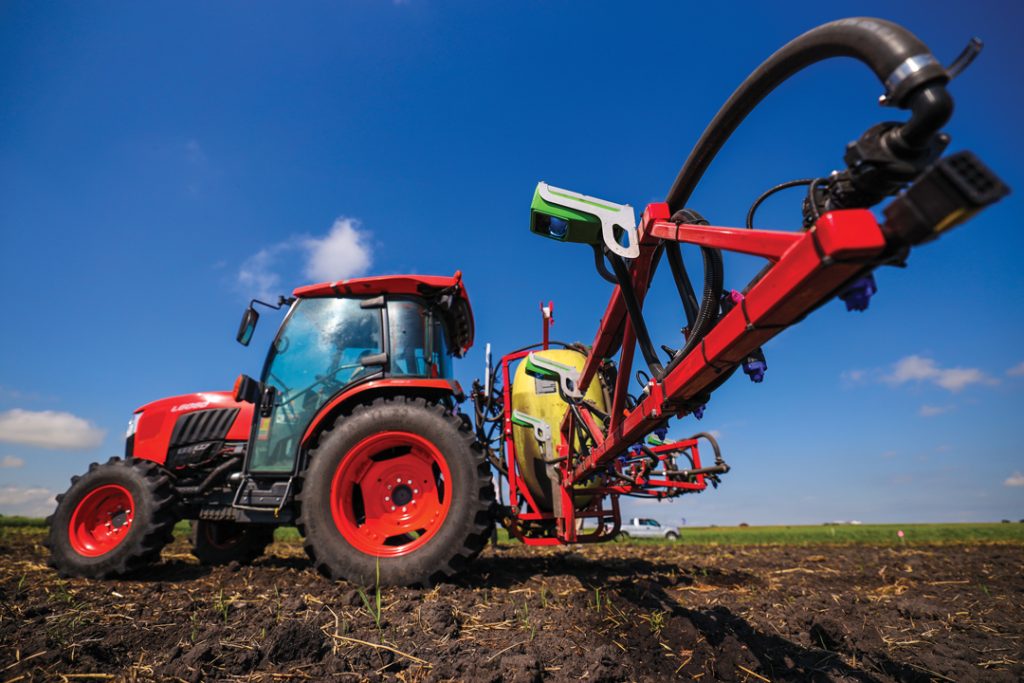
The smart agriculture and small plot crop research teams at Olds College of Agriculture and Technology have worked on an optical spot spraying project for the last three seasons. Carried out by the Olds College Centre for Innovation (OCCI), it aimed to assess the equipment and field performance of the WEED-IT Quadro system.
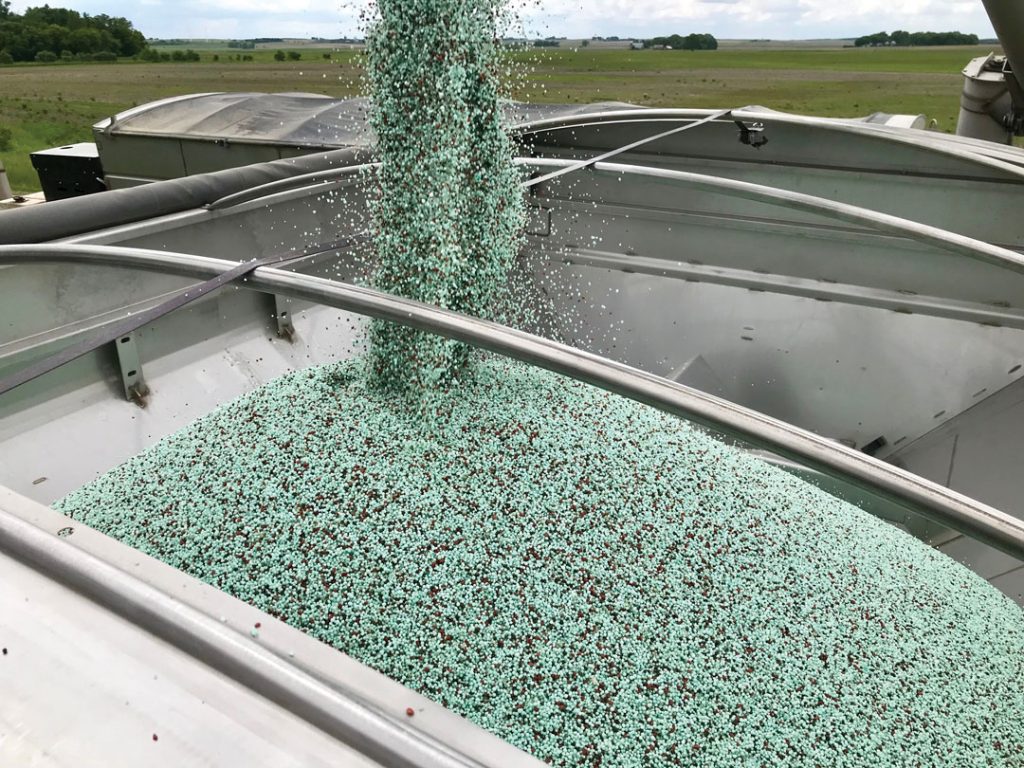
When fertilizer prices hit all-time highs and availability became a serious concern this past growing season, it naturally forced farmers to question whether they apply their primary input as efficiently as possible.
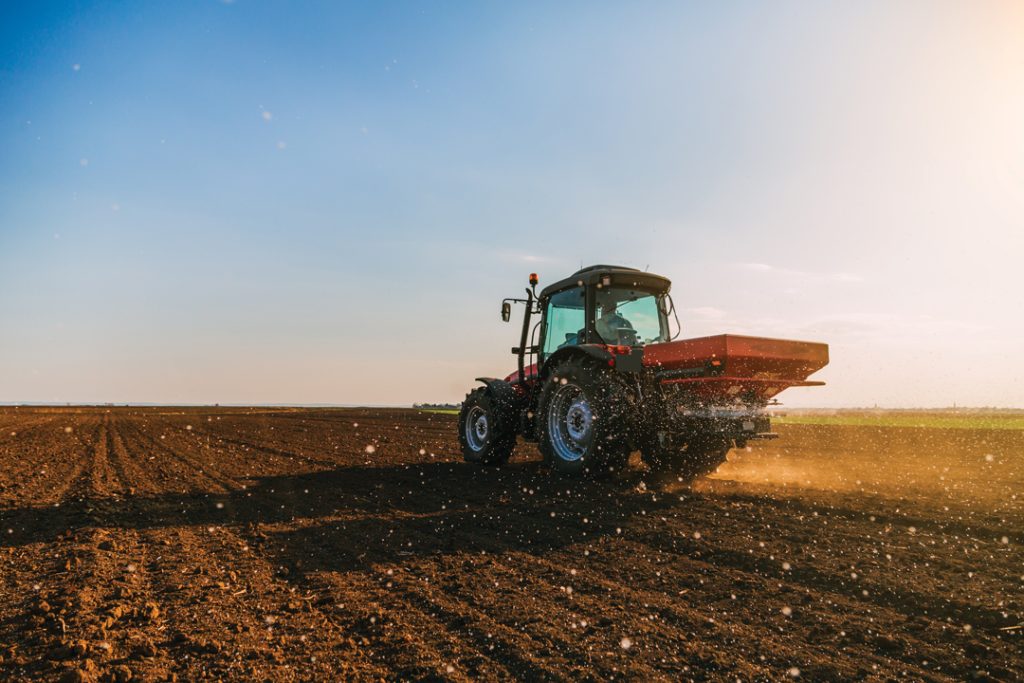
What goes up must come down, unless it continues to go up. That about sums up the tale of fertilizer over the last two years. After all, it was only two years ago in Western Canada that urea sold at $400 per tonne.

On a drive from Brooks to Lethbridge in mid-May, retired provincial agronomy researcher Ross McKenzie was literally stopped in his tracks by dust clouds. Carried by high winds across drought-stricken fields, the dirt was so thick it obscured the road ahead. Disappointed, he snapped a few photos and posted them on Twitter with a desperate plea for rain. McKenzie isn’t alone in his observations. Across the province, but especially in southern Alberta, farmers have noticed the return of this agricultural scourge once thought resolved.
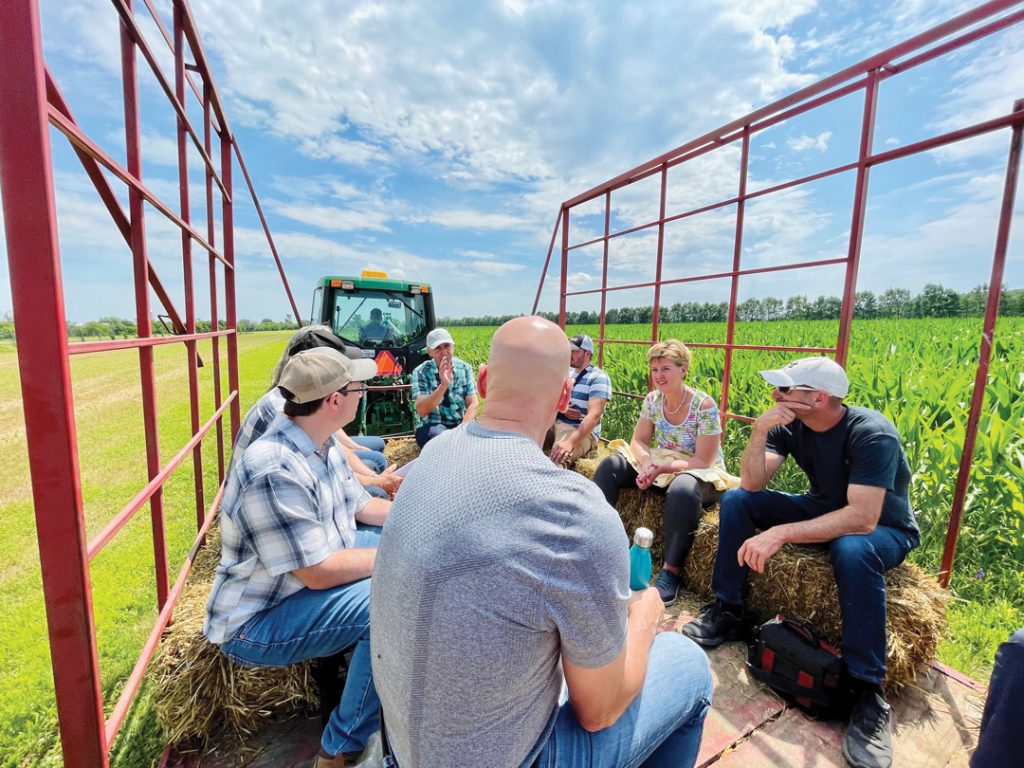
Across Canada, the federal government continues its push of the ag industry towards greater sustainability to offset climate change.
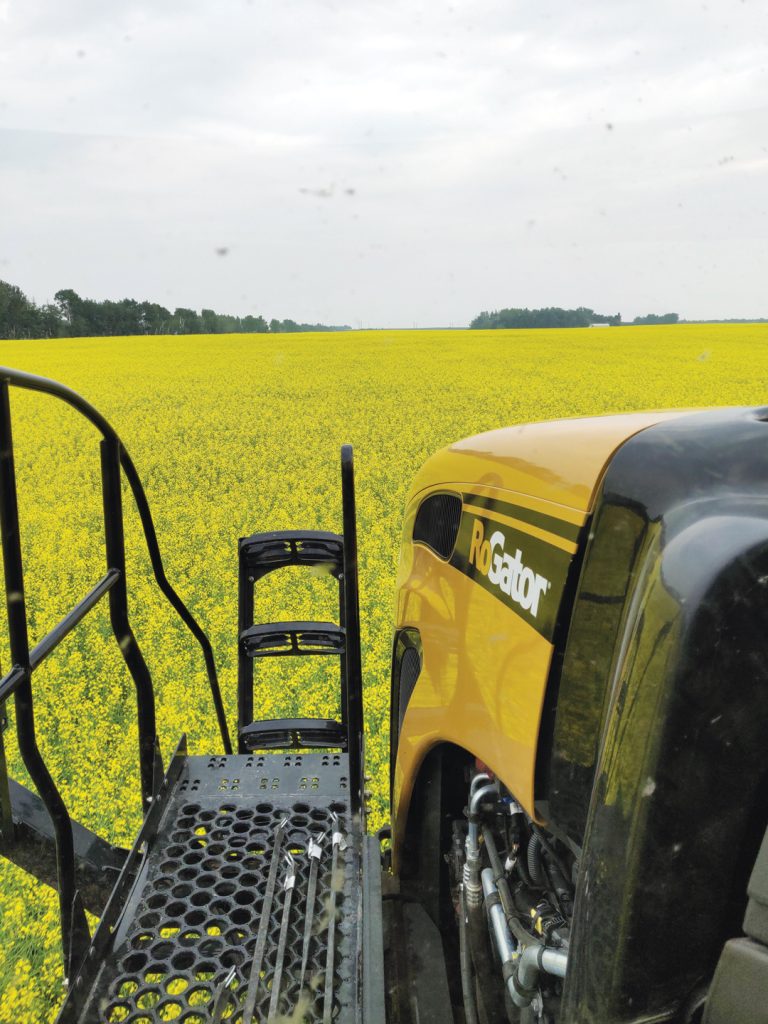
At the Olds College Smart Farm, we have concluded a two-year project trialing the suitability of satellite imagery to build in-crop variable rate (VR) prescriptions. The project assessed the software used to access normalized difference vegetation index (NDVI) imagery captured by satellites. It built VR prescriptions based on the imagery and we then applied that prescription in the field. We identified multiple benefits that include product savings, increased field productivity, opportunities for increased water rates and quick turnaround times to produce prescriptions. Additionally, we noted a few key conclusions.